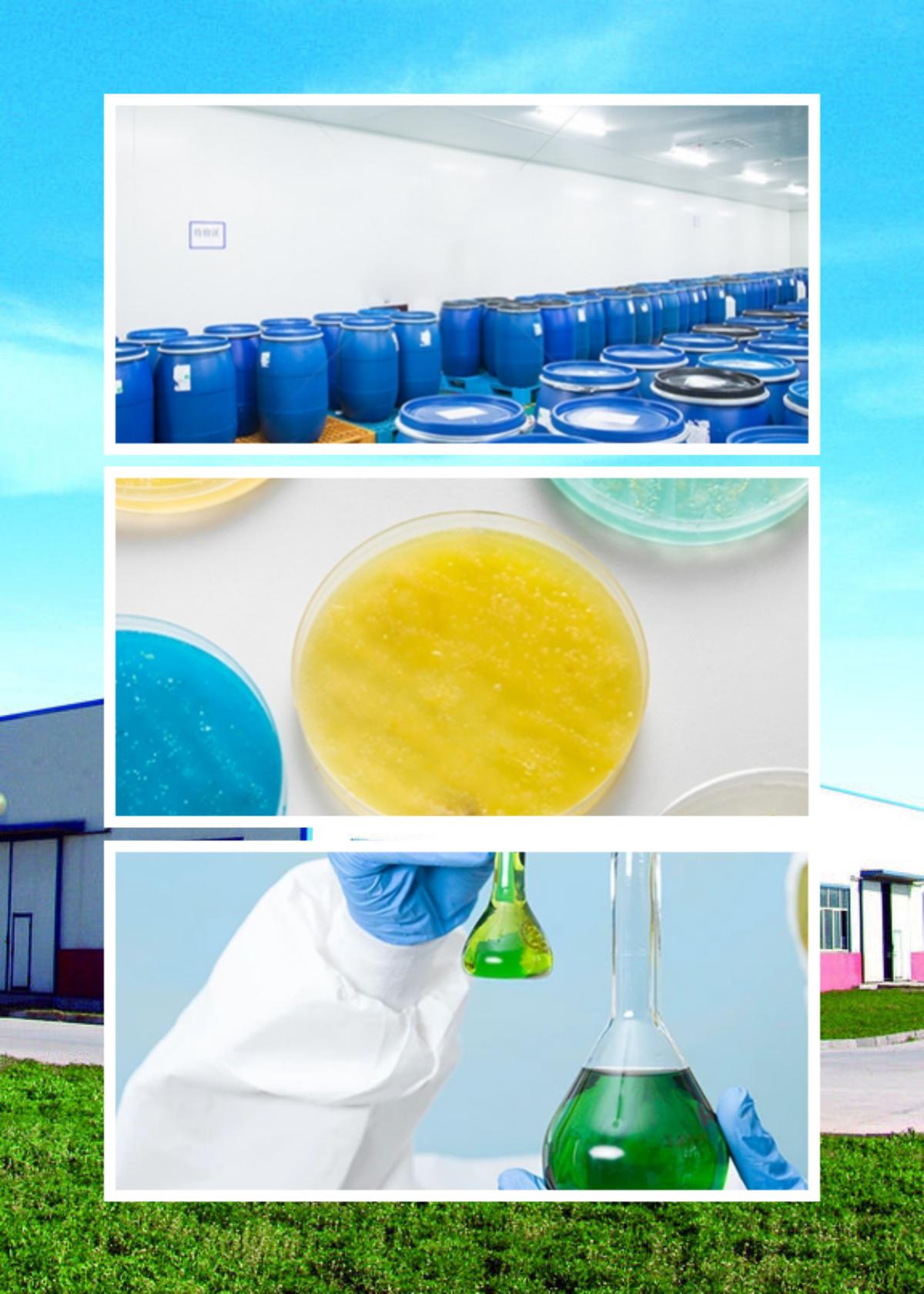CAS 99-20-7
Melting point 203 °C
Boiling point 397.76°C (rough estimate)
Density 1.5800
Vapor pressure 0.001Pa@25°C
RTECS number LZ5776770
Refractive index 197 ° (C=7, H2O)
Storage conditions Inert atmosphere,Room Temperature
Soluble in water; soluble in water; very slightly soluble in ethanol (95%); practically insoluble in ether.
Acidity coefficient (pKa)12.53±0.70(Predicted)
Morphological powder
Color White to off-white
Water soluble soluble in water.
Sensitivity to hygroscopicity
Merck9580
CAS DataBase 99-20-7(CAS DataBase Reference)
EPA Chemical Information Trehalose (99-20-7)
Trehalose, also known as fenose and fungose, is a non-reducing disaccharide composed of two glucose molecules with the molecular formula C12H22O11 [8]. The structural formula of trehalose is α-D-glucopyranoside ~ α-D-glucopyranoside, which often exists as a dihydrate, and the molecular formula is C12H22O11·2H2O.
Trehalose is a typical stress metabolite, which can form a unique protective film on the cell surface under harsh environmental conditions such as high temperature, high cold, high osmotic pressure and dry water loss, effectively protecting the structure of biomolecules from being destroyed, so as to maintain the life process and biological characteristics of living organisms.
1. Stability and security
Trehalose is the most stable of natural disaccharides. Because it is not reductive, it has very good stability to heat and acid base. When it coexists with amino acids and proteins, the Maillard reaction will not occur even if heated, and it can be used to deal with food and beverages that need to be heated or preserved at high temperature. Trehalose enters the human body in the small intestine and is decomposed by trehalase into two molecules of glucose, which is then utilized by human metabolism. It is an important energy source and beneficial to human health and safety.
2. Low moisture absorption
Trehalose also has low hygroscopic properties. When trehalose is placed in a place with relative humidity above 90% for more than 1 month, trehalose will also hardly absorb moisture. Due to the low hygroscopicity of trehalose, the application of trehalose in this kind of food can reduce the hygroscopicity of the food, thus effectively extending the shelf life of the product.
3. High glass transition is stable
Trehalose has a higher glass transition temperature than other disaccharides, up to 115℃. Therefore, when trehalose is added to other foods, its glass transition temperature can be effectively increased, and it is easier to form a glass state. This property, combined with trehalose's process stability and low hygroscopic properties, makes it a high protein protectant and an ideal spray-dried flavor maintainer.
4. Non-specific protective effect on biological macromolecules and organisms
Trehalose is a typical stress metabolite formed by organisms in response to changes in external environment, which protects the body against harsh external environment. At the same time, trehalose can also be used to protect DNA molecules in organisms from damage caused by radiation. Exogenous trehalose also has non-specific protective effects on organisms. Its protective mechanism is generally believed to be that the part of the body containing trehalose strongly binds water molecules, shares the binding water with membrane lipids, or trehalose itself acts as a substitute for membrane binding water, thereby preventing the degeneration of biological membranes and membrane proteins.


Related Products
Related News
Submitted successfully
We will contact you as soon as possible







